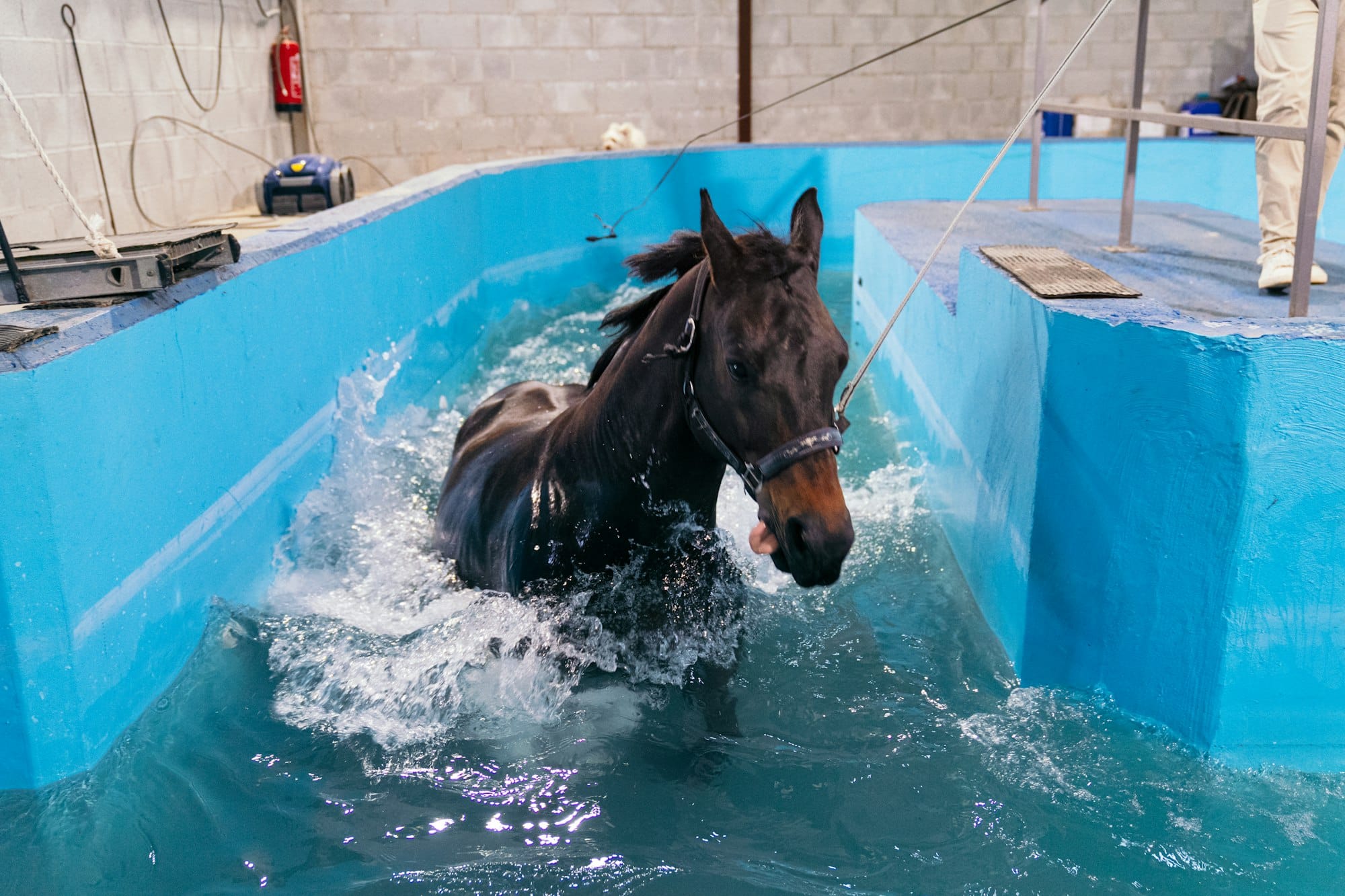Rheumatoid Arthritis (RA) is a chronic, systemic inflammatory disorder that primarily affects joints. It can be a debilitating and painful condition, often leading to significant loss of mobility and function. However, there’s a wave of optimism among health professionals, and it’s all about water. Yes, you heard it right, water. Hydrotherapy, a form of physical therapy in water, is increasingly being seen as a beneficial exercise for people with rheumatoid arthritis. But do the results measure up? Let’s dive in and explore.
Hydrotherapy: A Splash into the Basics
Before we delve into the details of how hydrotherapy may benefit those with arthritis, it’s crucial to understand what this water-based therapy is. Hydrotherapy, also known as aquatic therapy, utilizes the physical properties of water, such as buoyancy and pressure, for therapeutic purposes, including pain relief and promoting physical well-being.
In parallel : How Can Virtual Reality Treatments Improve Motor Skills in Stroke Rehabilitation?
The buoyancy of water provides a supportive environment for individuals to perform exercises without putting unnecessary strain on the joints, making it an ideal medium for people with arthritis. The water’s warmth can also help to relax muscles and increase blood circulation, which can aid in relieving pain and inflammation associated with rheumatoid arthritis.
Hydrotherapy Exercises: Making Waves in Arthritis Management
One of the most significant benefits of hydrotherapy is that the exercises can be tailored to your needs and abilities. In a hydrotherapy session, you might participate in a variety of exercises that challenge your balance, strength, and flexibility, usually under the professional guidance of a physical therapist or a trained fitness professional.
In the same genre : What Are the Potential Health Benefits and Risks of a Pescatarian Diet on Heart Health?
These may include a range of joint-friendly exercises, from simple movements like walking or marching on the spot, to more complex routines like leg lifts, arm reaches, and resistance exercises using foam equipment. Such exercises are designed to improve joint mobility, muscle strength, and cardiovascular fitness while minimizing the stress on your joints.
Hydrotherapy for Rheumatoid Arthritis: What Does the Research Say?
The benefits of hydrotherapy for people with rheumatoid arthritis have been the subject of scientific inquiry. According to a study published in the American Journal of Physical Medicine & Rehabilitation, hydrotherapy can significantly improve pain, function, and quality of life for people with rheumatoid arthritis (doi: 10.1097/PHM.0b013e3181c1e3b7).
Another study published in Clinical Rehabilitation found that aquatic therapy is as effective as land-based therapy for increasing strength and function in patients with rheumatoid arthritis (doi: 10.1177/0269215507078314). More research is needed, but the findings so far are promising.
A Ray of Hope for Sufferers of Rheumatoid Arthritis
While there’s no cure for rheumatoid arthritis, management techniques like hydrotherapy can help individuals to maintain and improve their quality of life, and potentially slow the progression of the disease. By reducing pain and stiffness, and improving physical function, hydrotherapy exercises can help individuals with RA to stay active and independent.
The benefits of hydrotherapy go beyond the physical. The water environment can be soothing and calming, and participating in group hydrotherapy sessions can provide social interaction, which may lead to improved mood and overall mental health.
Is Hydrotherapy Right for You?
While hydrotherapy seems to be a promising intervention for individuals with rheumatoid arthritis, it’s essential to consult with your healthcare provider before starting any new exercise regimen. Also, it’s important to remember that while hydrotherapy can provide significant benefits, it should be seen as part of a comprehensive approach to managing rheumatoid arthritis, which may include medication, a healthy diet, and other forms of physical therapy.
Above all, finding an exercise routine that you enjoy and can stick with is key. If hydrotherapy sounds appealing to you, consider giving it a go. After all, staying active is one of the best things you can do for your health, especially when living with a chronic condition like rheumatoid arthritis.
A Deeper Dive into Hydrotherapy and Rheumatoid Arthritis
In the realm of rheumatoid arthritis management, hydrotherapy has been making significant waves. Individuals with this chronic condition have been embracing aquatic exercises as a viable means to alleviate joint pain and enhance their overall quality of life.
Research has continually illustrated that the warm water environment of hydrotherapy offers an ideal setting for low-impact, resistance-based exercises. This is particularly beneficial for those with arthritis as it allows them to engage in physical activity without causing undue stress on their joints. Exercises performed in water can range from simple movements such as water walking or arm reaches to more complex exercises involving foam equipment for added resistance. These exercises aim to enhance joint mobility, muscle strength, and cardiovascular health, all of which are essential for managing rheumatoid arthritis symptoms.
Medically reviewed studies, including one published in the American Journal of Physical Medicine & Rehabilitation (doi: 10.1097/PHM.0b013e3181c1e3b7), have shown that hydrotherapy can significantly improve pain, function, and quality of life for people with rheumatoid arthritis. Similarly, a systematic review published in Clinical Rehabilitation (doi: 10.1177/0269215507078314) found aquatic therapy to be as effective as land-based physical therapy for increasing strength and function in patients with rheumatoid arthritis.
However, while these findings are promising, it is crucial to note that further research is needed. Each individual’s response to hydrotherapy can vary, and what works best for one person may not yield the same results for another.
Hydrotherapy: A Refreshing Conclusion
Hydrotherapy, with its blend of warm water exercises, offers a ray of hope for individuals battling rheumatoid arthritis. By reducing chronic pain and enhancing physical function, it allows those with arthritis to maintain an active lifestyle and enjoy a better quality of life.
Yet, the benefits of hydrotherapy extend beyond the physical realm. The soothing water environment can offer emotional relief, and group sessions can provide much-needed social interaction. This can lead to an improved mood and better mental health, creating a holistic approach to managing rheumatoid arthritis.
However, before diving into a hydrotherapy exercise program, it is crucial to consult your healthcare provider. While hydrotherapy can offer significant benefits, it must be viewed as part of a well-rounded approach to managing rheumatoid arthritis, alongside medication, a healthy diet, and other forms of physical therapy.
Remember, finding a physical activity that you enjoy is vital. If hydrotherapy appeals to you, consider incorporating it into your routine. By staying active, you can manage your symptoms more effectively and maintain your health, even while living with a chronic condition like rheumatoid arthritis.











